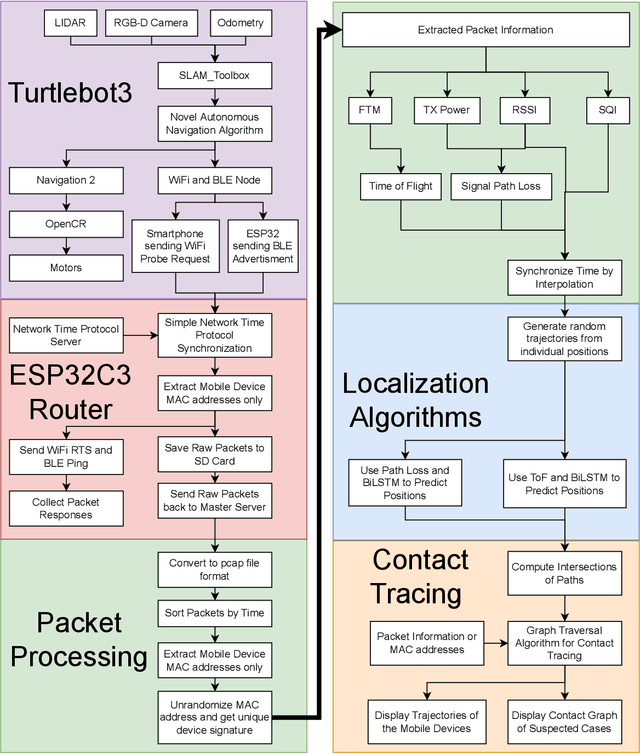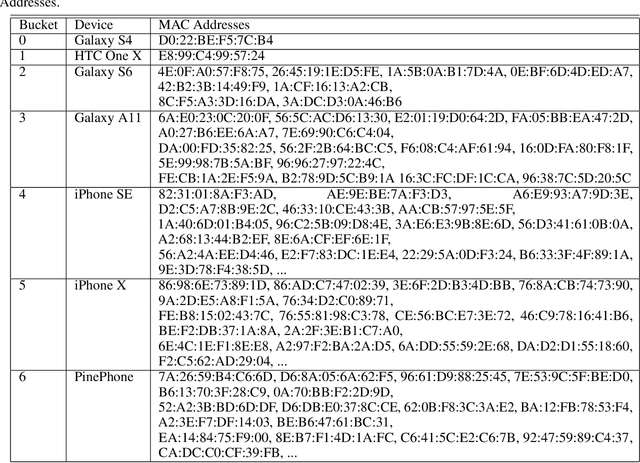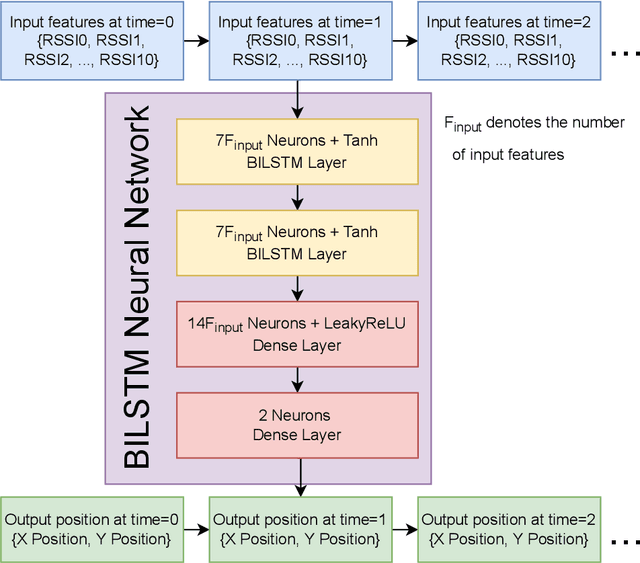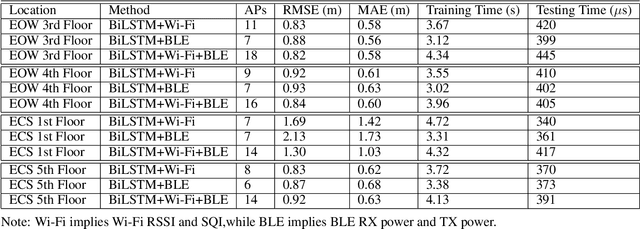Yifeng Bie
Essential Number of Principal Components and Nearly Training-Free Model for Spectral Analysis
Dec 30, 2022



Abstract:Through a study of multi-gas mixture datasets, we show that in multi-component spectral analysis, the number of functional or non-functional principal components required to retain the essential information is the same as the number of independent constituents in the mixture set. Due to the mutual in-dependency among different gas molecules, near one-to-one projection from the principal component to the mixture constituent can be established, leading to a significant simplification of spectral quantification. Further, with the knowledge of the molar extinction coefficients of each constituent, a complete principal component set can be extracted from the coefficients directly, and few to none training samples are required for the learning model. Compared to other approaches, the proposed methods provide fast and accurate spectral quantification solutions with a small memory size needed.
Wi-Fi and Bluetooth Contact Tracing Without User Intervention
Mar 31, 2022



Abstract:A custom Wi-Fi and Bluetooth indoor contact tracing system is created to find detailed paths of infected individuals without any user intervention. The system tracks smartphones, but it does not require smartphone applications, connecting to the routers, or any other extraneous devices on the users. A custom Turtlebot3 is used for site surveying, where it simulates mobile device movement and packet transmission. Transmit power, receive power, and round trip time are collected by a custom ESP32C3 router. MAC randomization is defeated to identify unique smartphones. Subsequently, the wireless parameters above are converted to signal path loss and time of flight. Bidirectional long short term memory takes the wireless parameters and predicts the detailed paths of the users within 1 m. Public health authorities can use the contact tracing website to find the detailed paths of the suspected cases using the smartphone models and initial positions of confirm cases. The system can also track indirect contact transmissions originating from surfaces and droplets due to having absolute positions of users.
 Add to Chrome
Add to Chrome Add to Firefox
Add to Firefox Add to Edge
Add to Edge